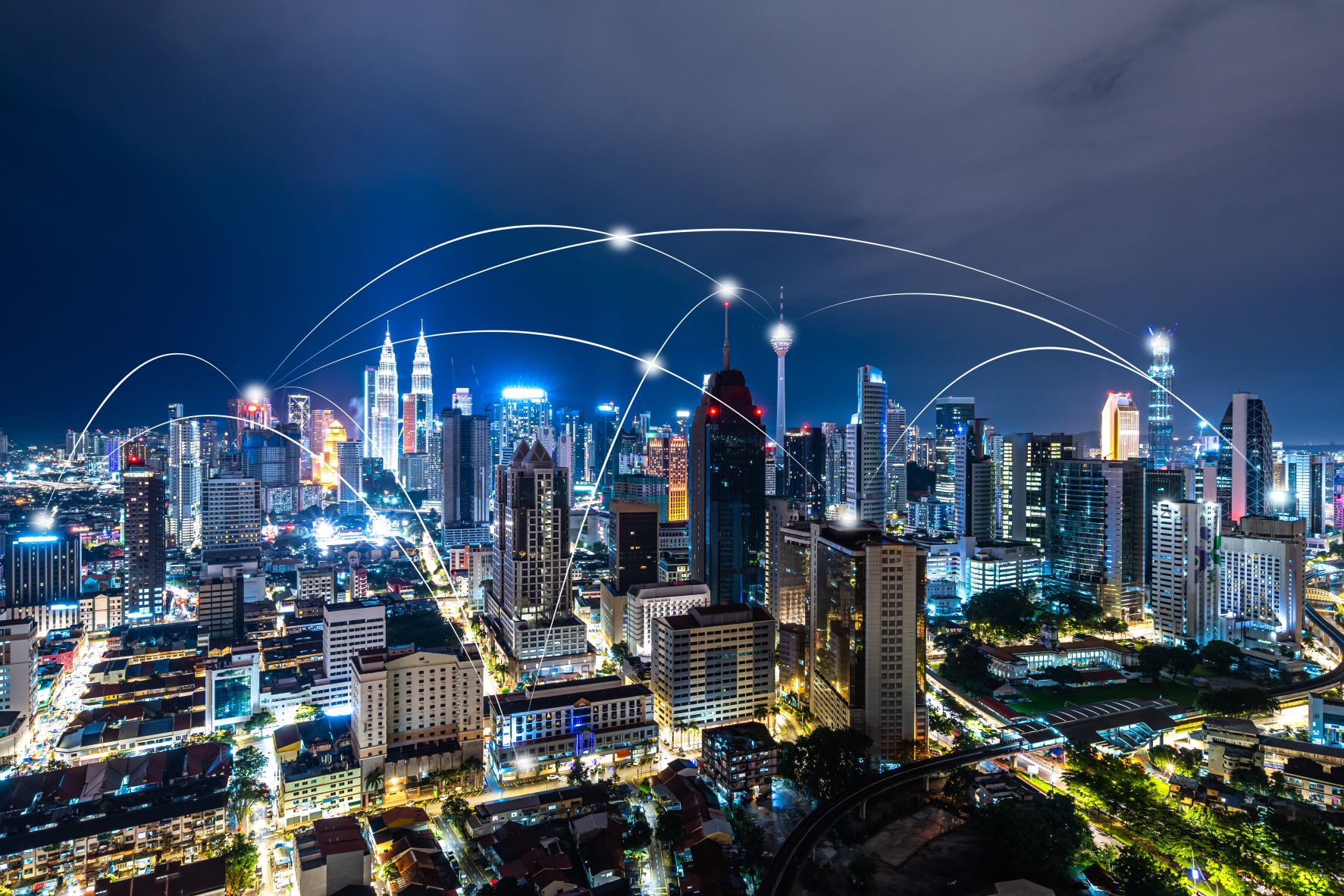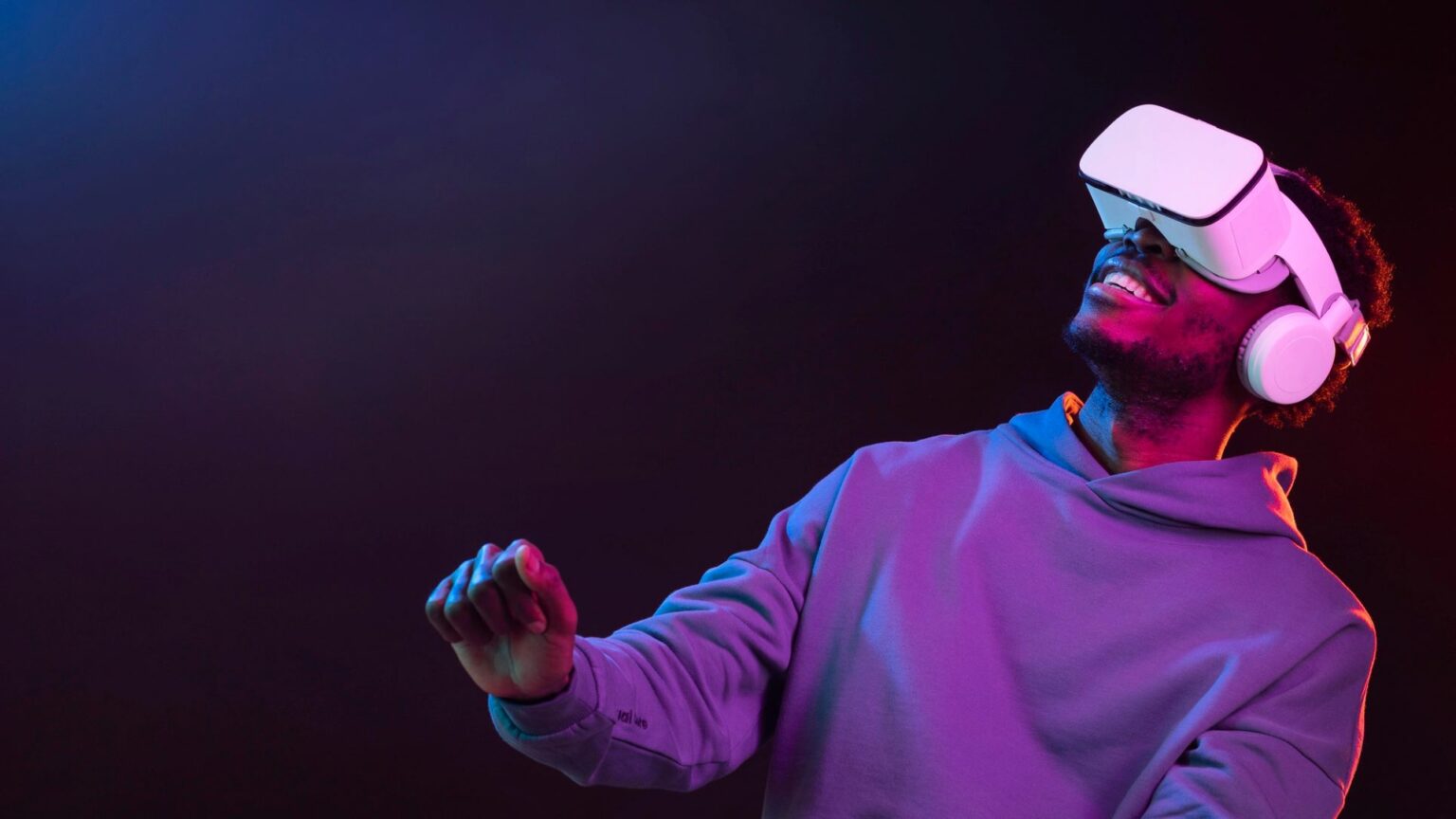IoT Is At a Tipping Point If Networks Keep Pace With Innovation
IoT Is At a Tipping Point If Networks Keep Pace With Innovation
- Last Updated: December 2, 2024
Monogoto
- Last Updated: December 2, 2024



It feels like 2023 could be a watershed year for the commercialization of the Internet of Things (IoT) and related products and services as this technology reaches a tipping point. A range of exciting cellular cloud IoT use cases are emerging that signal to the industry what IoT as a truly everyday technology could look like.
Of course, IoT is not new. The concept – then more commonly referred to as machine-to-machine communications – has been around since 1985 when entrepreneur Peter T. Lewis coined the phrase the Internet of Things to refer to objects connecting and communicating with each other, independently of human beings.
Traditionally IoT devices have been expensive, took a long time to develop, were robust, and not particularly data-hungry. They were most often used to solve expensive problems typically involving protecting valuable assets and goods that were either remotely located, such as cellular towers, or in transit, such as a shipment of luxury goods. Let's take a look at the improvement in IoT and three particular use cases to watch.
"A range of exciting cellular cloud IoT use cases are emerging that signal to the industry what IoT as a truly everyday technology could look like."
IoT Is More Affordable & Manageable
Today, however, we are seeing an important shift in the fundamental nature of these devices and services. This is thanks to IoT technology becoming more affordable and easier to use; connectivity costs dropping; and cloud computing services becoming more available. As smart devices and services commoditize, we’re about to see a wave of IoT innovation that is going to transform our cities and how we interact with the world, live, and work.
Critically, these new IoT use cases are going to require more computing power and be data hungry, need lower network latency and higher network speeds to be effective and so will demand more from networks. It is therefore essential that hand-in-hand with product and service innovation, cellular networks improve their support for IoT.

3 IoT Use Cases To Watch
#1: Smart Cities
One exciting element of smart cities is innovative last-mile delivery services such as delivery by drones, as Alphabet’s Wing is already doing in cities in three countries. Whether the drone is delivering a breakfast burrito or critical medical supplies, it needs enhanced communication network capabilities to ensure deliveries are correct, error-free, and on time.
Another smart city use case shows how IoT services will often need to work in parallel. Take a smart stadium, where multiple audiences (in the stadium, at home, and the referee and umpires) simultaneously tap into multiple services, such as audio, visual, slow-motion replays, augmented reality, and payment services, with multiple devices in the same space and at the same time. This needs the separation and splicing abilities of 5G networks, where each use case needs to get its discrete channel to provide a seamless user experience for all users.
In the same way that multiple services need to work seamlessly for multiple audiences in a stadium, smart cities themselves will see layers of different IoT services needing to work seamlessly and concurrently. Picture a mesh of smart city services: smart lights, smart cars, micro-mobility services, cameras, and a host of other IoT-enabled services all operating at once. This will result in never-seen-before demands on cellular networks, and this is where 5G networks and their splicing ability are going to enable the right connectivity to reach the right application at the right time, and simultaneously.
#2: Companion Robots & Personal Assistants
Perhaps slightly futuristic, but not that far away, are companion robots and personal assistants developed to provide medical support to people at home. By allowing patient care to take place on an outpatient basis at home, healthcare providers stand to save a significant amount of money, and aging populations receive much-needed support.
From remote diagnostics and tests to ensuring chronic medication is taken correctly, to video calls with healthcare professionals, these IoT services need excellent connectivity and very low latency: to ensure frictionless connectivity and a smooth user experience. Further, the transmission and storage of sensitive patient information need high levels of security.
#3: Augmented Reality & Virtual Reality
With the launch of services such as Facebook’s Metaverse, AR and VR are getting a boost in the public’s imagination. From VR giving people the ability to be in more than one place at the same time, to AR layering additional information onto the world, these IoT-enabled services place large demands on communications networks. And as these services commoditize and spread, this demand increases and networks must keep pace by providing low latency and high-speed connectivity.

IoT & Cellular Cloud Services
There is a chicken-and-egg relationship between cellular cloud services and these IoT advances. On the one hand, developments in cellular communications, such as 5G, enable this innovation, on the other, cellular communication networks also need to continue to keep pace as IoT use cases are commercialized. From the get-go, cellular networks need to be robust and independent and offer developers greater control to drive new products and services at scale.
And thanks to the emerging commercial IoT use cases—this article only scratches the surface of what we can expect—developers also are starting to gain insight into the need to prioritize products and services that drive a high return on investment (ROI). Plus, they can learn from early adopters about what works, and what doesn’t so they can fast-track best practices and avoid costly mistakes.
These changes, alongside regulation and 5G adoption, is what makes me think that connectivity as we know it is going to be revolutionized and commoditized in the next few years allowing more and more use cases to become smarter and more efficient. We are all excited to see how the future of connectivity is going to evolve.
The Most Comprehensive IoT Newsletter for Enterprises
Showcasing the highest-quality content, resources, news, and insights from the world of the Internet of Things. Subscribe to remain informed and up-to-date.
New Podcast Episode

What is Software-Defined Connectivity?
Related Articles




